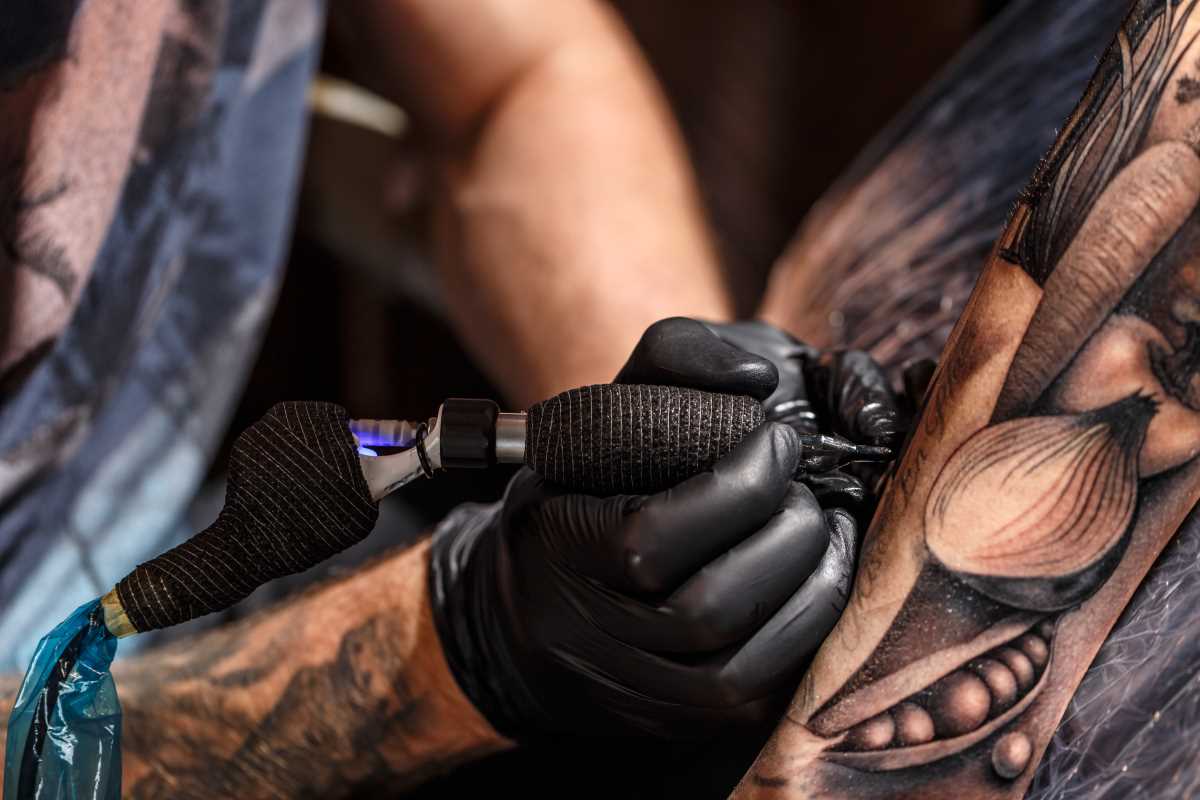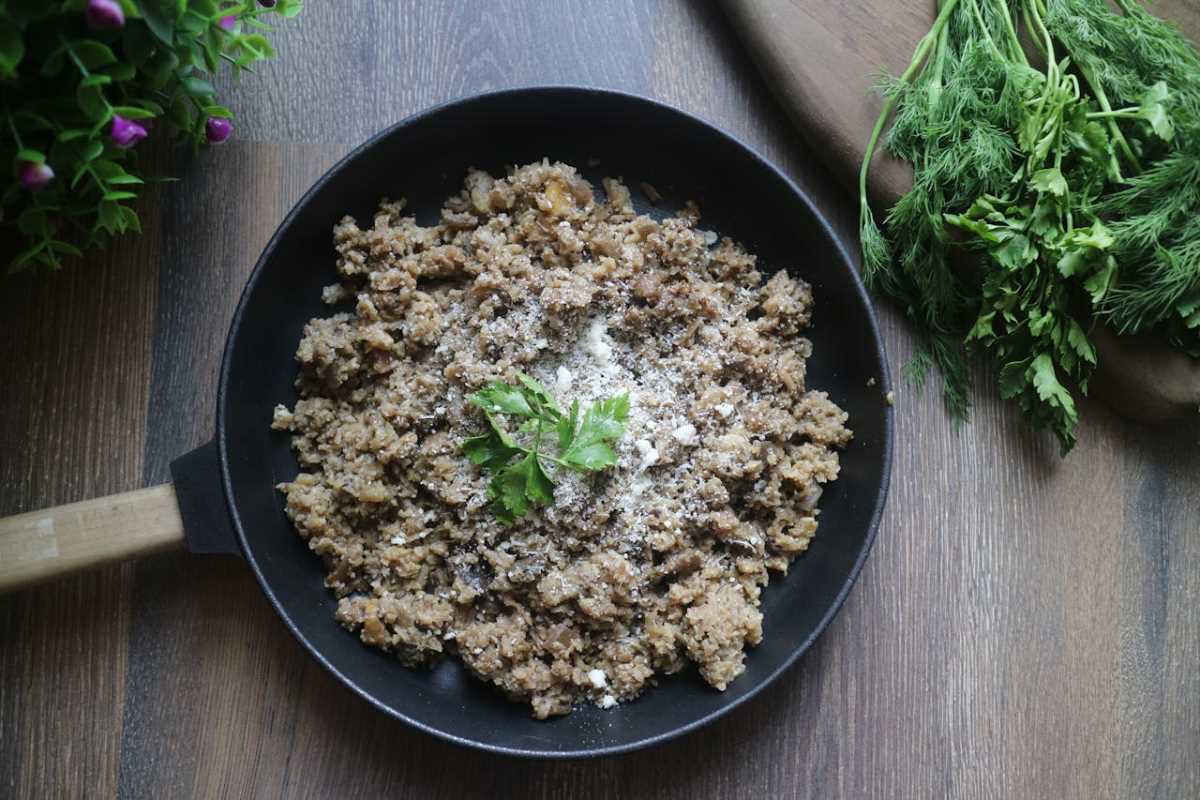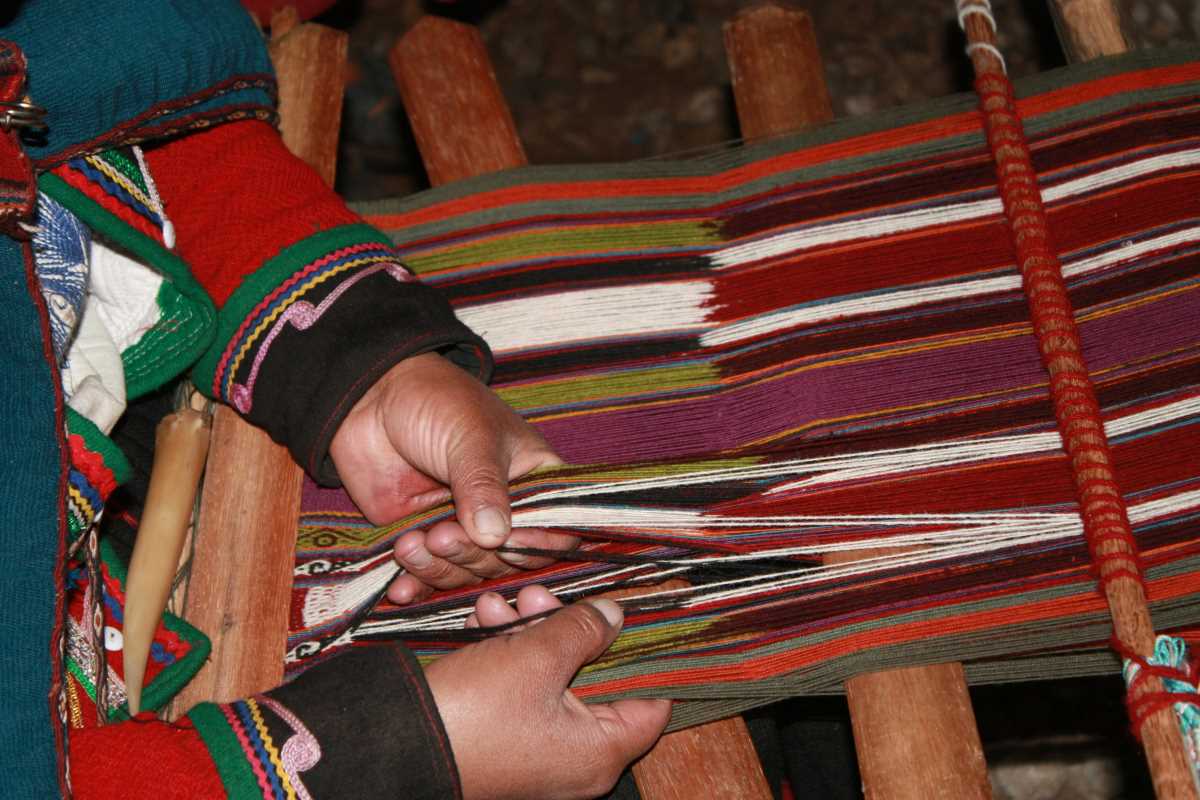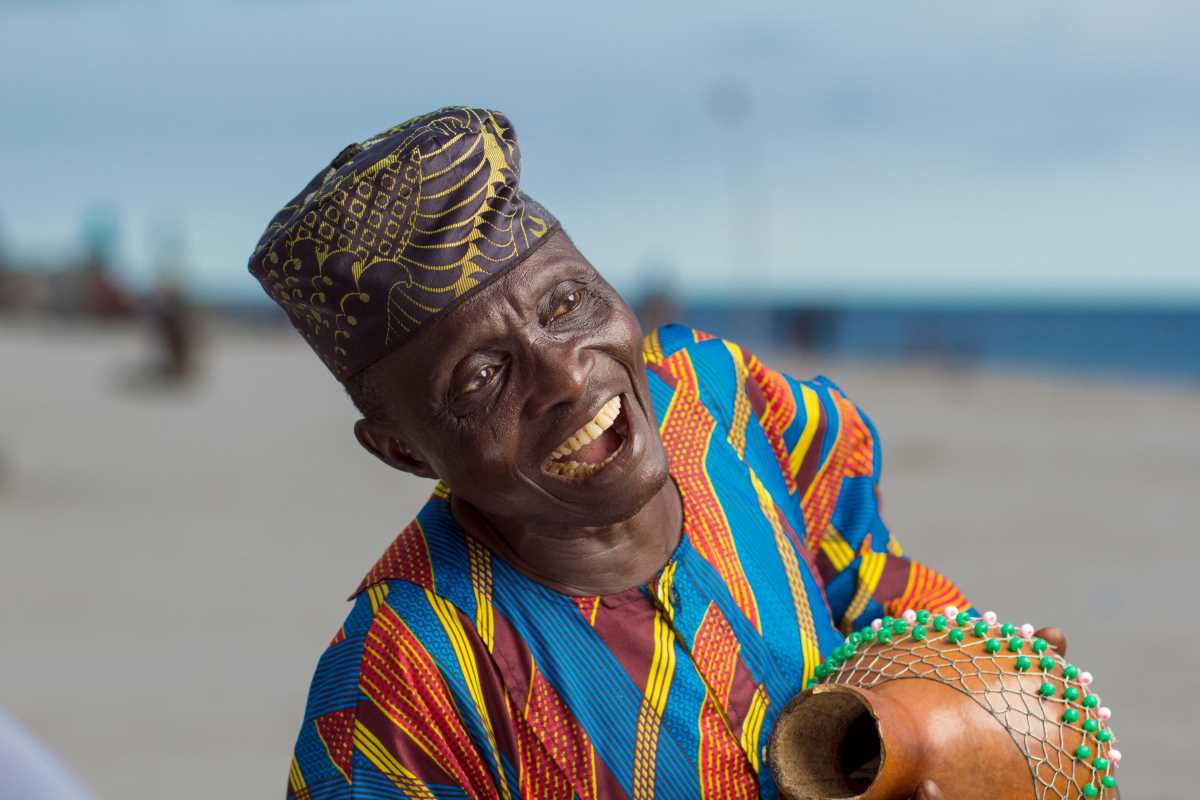Maori tattoos, known as tā moko, feature intricate designs that hold profound cultural significance for the Māori people of New Zealand. These tattoos serve not merely as decorative art; they embody the wearer's identity, social status, genealogy, and personal achievements. The art of tā moko represents a living tradition that connects individuals to their ancestors and preserves the rich heritage of the Māori culture. Through unique patterns and symbols, each tattoo tells a story, making tā moko a deeply personal and communal expression of identity.
Historical Background of Maori Tattoos
- Early Māori society used tā moko to identify rank, tribe, and personal achievements before Europeans arrived in the 18th century.
- The techniques and styles of tā moko passed down through generations, with each region developing distinct patterns and motifs.
- During the colonization period, cultural suppression and the influence of Western norms led to a decline in Māori tattooing practices.
- Māori began revival efforts in the late 20th century to reclaim and preserve their cultural heritage, leading to a resurgence of traditional tattooing practices.
- Prominent figures such as *Wiremu Tamihana* played a crucial role in revitalizing tā moko by integrating contemporary elements while maintaining traditional values.
The Symbolism and Meaning Behind the Tattoos
- Koru: Represents new beginnings, growth, and harmony, inspired by the unfurling fern fronds.
- Hei Tiki: A symbol of fertility and prosperity, often associated with ancestral spirits.
- Māhunga: Depicts fish or other marine life, symbolizing abundance and the connection to the sea.
- Pūkāea: Geometric patterns that signify the wearer’s lineage and tribal affiliations.
- Manaia: A guardian figure that offers protection and balance, combining human and bird-like features.
Traditional Techniques and Tools
The creation of tā moko involves a meticulous process using traditional tools and techniques passed down through generations. One of the primary tools is the *uhi*, a chisel made from albatross bone or shark teeth, which the artist carefully shapes to create precise lines and patterns on the skin. The process requires great skill and patience, as each mark is intended to last a lifetime. The placement of the tattoo on the body carries specific meanings, with certain areas reserved for particular symbols and stories.
Before starting the tattooing, the artist often prepares the area with natural pigments and oils to protect the skin. The artist, known as a tohunga tā moko, must possess a deep understanding of the cultural significance behind each design to ensure that the tattoo accurately reflects the wearer’s identity and heritage. The application of tā moko serves not only as an art form but also as a rite of passage and a way to honor one's ancestors.
Cultural Significance and Contemporary Practices
Tā moko remains a vital aspect of Māori culture, acting as a bridge between the past and the present. It embodies the resilience and continuity of Māori traditions in the modern world. Today, both indigenous communities and individuals seeking to connect with Māori heritage practice tā moko. The designs evolve to incorporate contemporary elements while maintaining their traditional roots, reflecting the dynamic nature of Māori culture.
The spiritual foundations underpinning tā moko emphasize the connection between the individual, their ancestors, and the land. This connection celebrates through the intricate designs that cover the body, with each element carefully chosen to represent specific aspects of the wearer’s life and beliefs. Today, the practice of tā moko often involves a ceremonial aspect, where the tattooing process features traditional chants and rituals that honor the spiritual significance of the act.
Comparison with Other Indigenous Tattoos
Indigenous tattooing practices around the world share similarities with tā moko by using symbols to convey identity, social status, and personal stories. Yet, tā moko distinguishes itself through its unique patterns and the deep cultural meanings embedded within each design. For instance, while many indigenous cultures use tattoos for protection or status, Māori tattoos incorporate specific genealogical information and tribal affiliations that are distinct to their heritage. The maori tattoos also rely heavily on the flow and placement of the design to tell a cohesive story across the body, making each tā moko a comprehensive narrative of the wearer’s identity.






.jpg)
